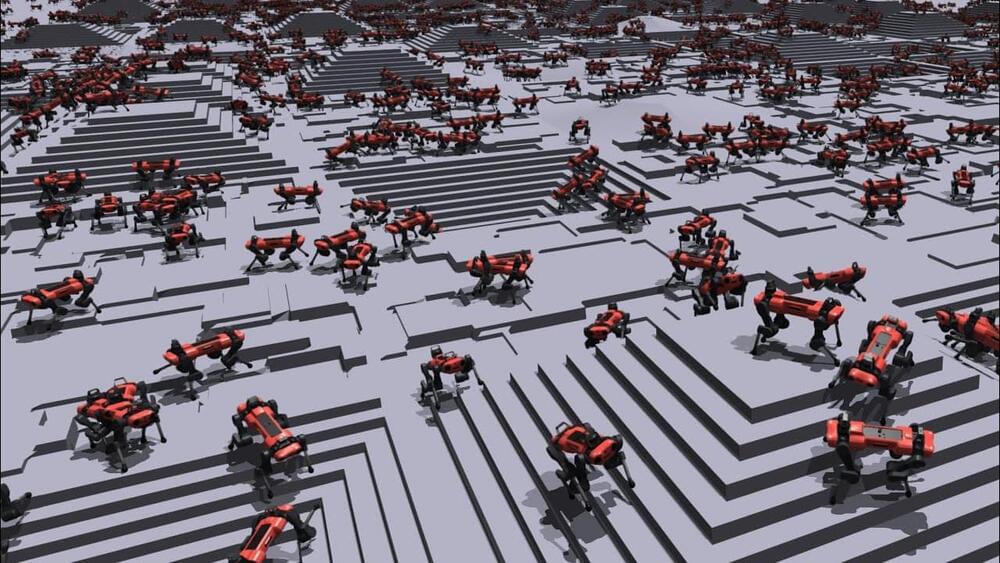Oct 9, 2021
Tool for predicting pedestrian flow expands its reach
Posted by Gemechu Taye in categories: business, employment, transportation
When urban development takes place, a traffic impact assessment is often needed before a project is approved: What will happen to auto traffic if a new apartment building or business complex is constructed, or if a road is widened? On the other hand, new developments affect foot traffic as well — and yet few places study the effects of urban change on pedestrians.
A group of MIT researchers wants to alter that, by developing a model of pedestrian activity that planners and city officials can use in much the same way officials evaluate vehicle traffic. A study they have conducted of Melbourne, Australia, shows that the model works well when tested against some of the most comprehensive pedestrian data available in the world.
“Our model can predict changes in pedestrian volume resulting from changes in the built environment and the spatial distribution of population, jobs, and business establishments,” says Andres Sevtsuk, an associate professor in MIT’s Department of Urban Studies and Planning (DUSP) and lead author of a newly published paper detailing the results. “This provides a framework to understand how new developments can affect pedestrian flows on city streets.”


















